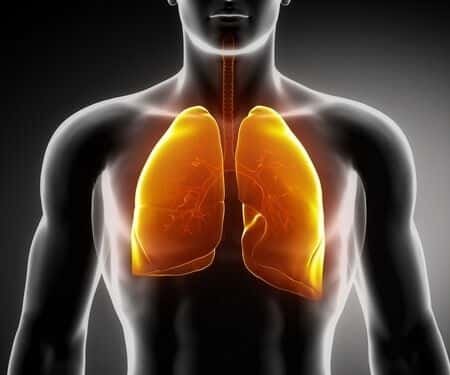Primary Care Physician Fails to Identify Signs of Lung Cancer
Updated on
Case Overview
This case involves a middle-aged man who had a delayed diagnosis of spindle cell carcinoma of the lung. Prior to his diagnoses, the patient had a long and detailed history of asthma, which was being managed by his primary care doctor with standard medications. During this time period, the physician stated that the patient had no symptoms of shortness of breath nor wheezing, and pulmonary function tests were never performed in office. The patient indicated to his primary care doctor that he was in fact having shortness of breath upon minimal exertion. His primary care doctor reassured him to take his asthma medications, and that no additional follow up was warranted. Several months later he was referred to a cardiologist due to an abnormal EKG. The patient continued to complain of shortness of breath to his primary care doctor. Eventually, a CT scan revealed lung nodules consistent with lung cancer.
Questions to the Critical Care Medicine expert and their responses
Should the patient's complaints about shortness of breath have been ignored by the treating physician?
It took a year, but specialist referral to cardiology suggests that the internist did acknowledge the dyspnea and look for help.
What testing should be done when these types of complaints occur?
Testing may include a physical exam, spirometry, and depending on the scenario, referral to cardiology or referral to pulmonary. Maybe sometimes a chest x-ray or a CT scan, but not always. For example, an asthmatic complaining of shortness of breath and still wheezing can be short of breath from uncontrolled asthma. At some point, a PFT is appropriate if things don't get better. For asthma, PFTs would be the right test to evaluate dyspnea. Unexplained dyspnea does warrant a CXR or CT scan. That scan would look for PE or degree of emphysema or other condition.
About the expert
This board certified pulmonologist was trained at a top medical university. After his residency and fellowship training in pulmonology and critical care, he became very active in clinical practice. He is a member of many prestigious medical societies, including the American Thoracic Society. He is highly respected in the medical community.

E-006845
Specialties:
About the author
Joseph O'Neill
Joe has extensive experience in online journalism and technical writing across a range of legal topics, including personal injury, meidcal malpractice, mass torts, consumer litigation, commercial litigation, and more. Joe spent close to six years working at Expert Institute, finishing up his role here as Director of Marketing. He has considerable knowledge across an array of legal topics pertaining to expert witnesses. Currently, Joe servces as Owner and Demand Generation Consultant at LightSail Consulting.
Subscribe to our newsletter
Join our newsletter to stay up to date on legal news, insights and product updates from Expert Institute.
Sign up nowFind an expert witness near you
What State is your case in?
Subscribe to our newsletter
Join our newsletter to stay up to date on legal news, insights and product updates from Expert Institute.



